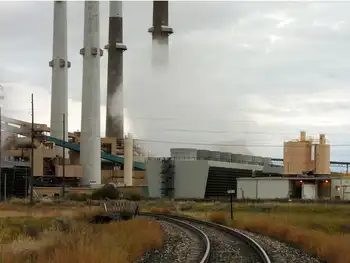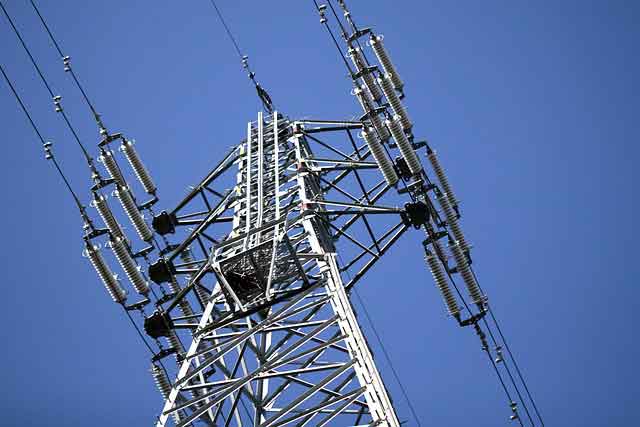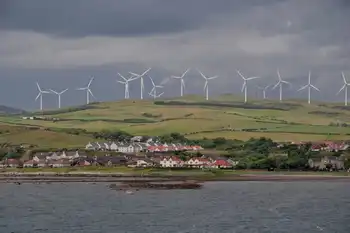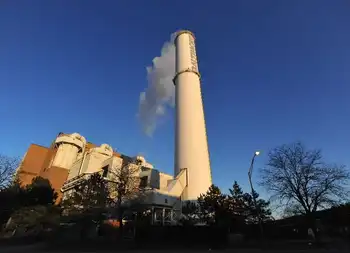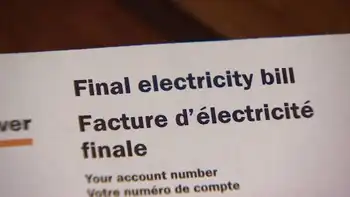Areva targets California for new reactor
By The Energy Collective
NFPA 70e Training - Arc Flash
Our customized live online or in‑person group training can be delivered to your staff at your location.

- Live Online
- 6 hours Instructor-led
- Group Training Available
The agreement updates a relationship that has been maturing since early 2007.
According to a press release from Areva US, the two companies will work together on the initial development and permitting process for one or two Areva 1,650 MW EPR plants. The project will start with preparation and submission of a technology-specific Early Site Permit (ESP) to the Nuclear Regulatory Commission, and subsequent Combined License (COL) Application as a further step toward eventual plant construction.
“We are at the point where a major, well-qualified player must become part of our team,” said John Hutson, President of the Fresno Nuclear Energy Group, LLC. “Areva shares our commitment to carbon-free, renewable energy; like us, they believe that nuclear is only part of the solution.”
In 2010, Areva and FNEG said they will begin a series of studies to identify a feasible site for a new nuclear power plant in California.
FNEG is organized for the objective of providing an source of electricity to further develop the agricultural industry within the Central Valley of California.
Huston said FNEG and its affiliated organizations are actively pursuing legislative change and support for nuclear power in California through a campaign of public awareness and education.
In July 2007 this blog interviewed John Huston. He is the former chairman of the Fresno Public Utility Commission and now head of the Fresno Nuclear group. He said FresnoÂ’s building trades council paid for him to travel in 2007 to France and Finland to study and report on ArevaÂ’s EPR nuclear plants.
The major barrier to building the plant, then and now, is California's more than three-decade ban on new nuclear power plants. The state's environmental groups, led by the Sierra Club, are among the most rabidly anti-nuclear organizations in the nation. In 2007 they called the Fresno project “unrealistic” and garnered strong support from the Democratic party dominated state legislature.
It is a question of whether anything has changed with green groups though California Senator Barbara Boxer, a Democrat, is now supporting nuclear energy as part of climate change legislation.
Efforts to fund and win a ballot initiative to overturn the state ban against new reactors failed in 2007. At the time election polls showed the stateÂ’s electorate 52% in favor, 42% against new nuclear plants in California. A July 2005 poll by the Public Policy Institute of California showed 39% in favor of building new nuclear power plants with 52% opposed so things were improving, but the ballot issue was abandoned in late 2007.
The reasons were a lack of broad and active political support for it beyond the Fresno area and a lack of money to pay for collection of signatures. Political analysts said the 10% spread in the 2007 poll was not enough to raise the millions needed to put the issue on the ballot.
Another reason may have been the close association of the ballot initiative with conservative Republican state legislator Chuck DeVore (left), from Orange County, who regularly got run over in the Democratic controlled legislature on this issue.
His opponents including Dan Hirsch, president of the Committee to Bridge the Gap, who said in November 2007 that the group was pleased with the failure of DeVoreÂ’s drive. In a predictable, and ecstatic, outburst of rhetoric pitch forking the politically dead effort, Hirsch said, "Nuclear power is the most dangerous technology on earth, with risks of meltdowns, terrorist attack, proliferation, and leaking long-lived wastes. This humiliating reversal for a proposed initiative to revive it in California is a great victory for common sense. Now the state can focus on safe and sensible renewable solutions to global warming."
In 2007 Hutson said the proposed reactor project could bring thousands of well-paying jobs to the region. For the plant location, he said in 2007 the group targeted 3,000 city-owned acres south of Fresno. It hired a nuclear energy expert from Atomic Energy of Canada (AECL). The difference this time is the commitment to file for an ESP and COL with the NRC.
The Fresno group also has support from Robert Smittcamp, CEO of food-processing giant Lyons Magnus. Some of these circumstances may have changed over the past three years.
According to a recent statement from Areva, a new U.S. EPR project would create up to 11,000 direct and indirect jobs during component manufacturing and plant construction. Additionally, it would create more than 400 permanent jobs and spur billions of dollars of investment into the regional economy.
Such a project would require hundreds of qualified suppliers and subcontractors. When complete, the 1,650 MW U.S. EPR nuclear plant would produce clean, reliable, CO2-free baseload electricity for more than 1.6 million households.
California currently has four nuclear reactors. According to the Energy Information Administration (EIA), they supply about 17% of the stateÂ’s energy needs. By comparison, 55% of the stateÂ’s energy comes from natural gas.





